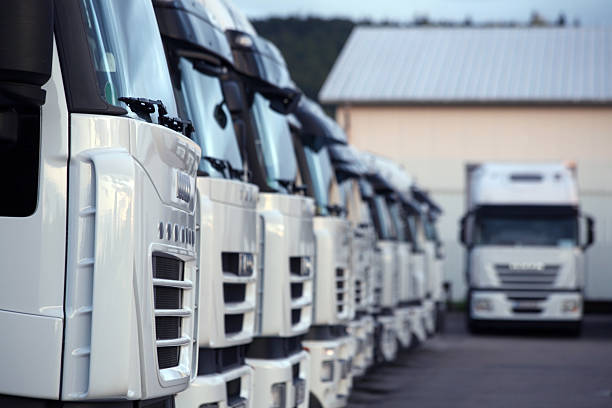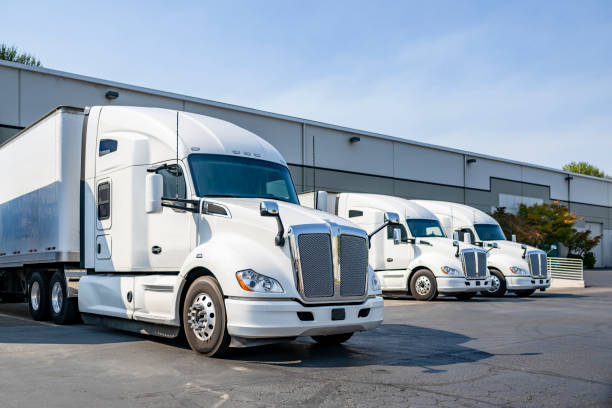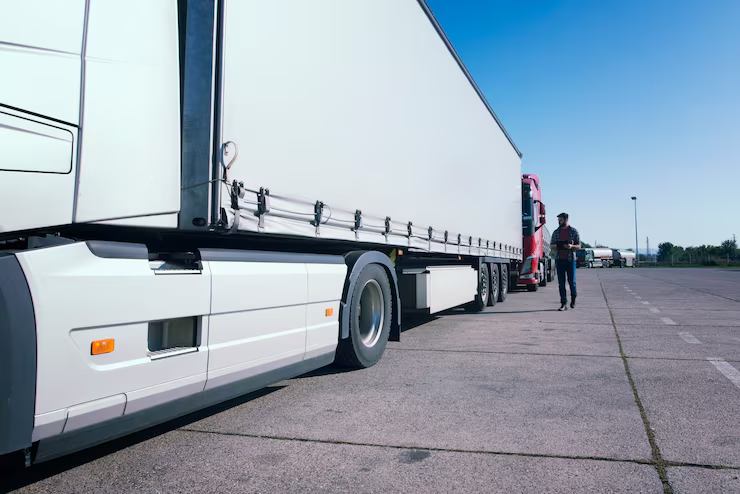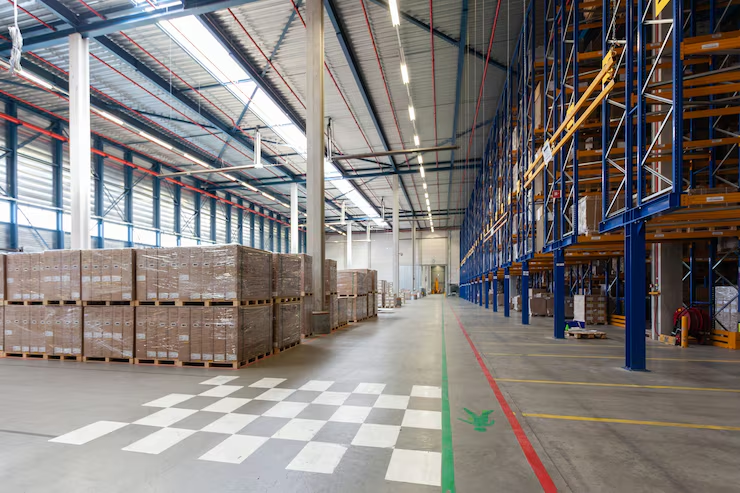In logistics, profit margins are often narrow, and even small inefficiencies can lead to major losses. Rising fuel costs, increased maintenance expenses, and regulatory compliance pressures make managing fleets a complex task. Fleet Optimization Strategies are designed to address these challenges by maximising efficiency, reducing unnecessary expenses, and ensuring that every vehicle contributes to the overall success of the supply chain.
Instead of reacting to issues after they arise, optimisation programs take a proactive approach. They combine data, technology, and structured oversight to create fleets that are safer, more reliable, and more cost-effective. For trucking companies and logistics providers, optimisation is not just a competitive advantage—it is a necessity for long-term sustainability.
How Fleet Optimization Strategies Reduce Costs
Cost control is at the heart of fleet management, and optimisation directly addresses the most expensive areas of logistics. Fuel consumption is one of the largest operational expenses. By applying Fleet Optimization Strategies, companies can reduce wasted fuel through better route planning, improved driver behaviour, and regular vehicle maintenance.
Maintenance costs are also reduced when fleets adopt preventive strategies. By catching issues early, companies avoid expensive emergency repairs and extend vehicle lifespans. Optimisation ensures that every dollar spent on maintenance delivers measurable returns in reliability and efficiency.
Downtime is another hidden cost. Vehicles that sit idle due to breakdowns or poor scheduling reduce profitability. By optimising scheduling and utilisation, companies keep fleets productive, ensuring assets deliver value throughout their lifecycle.
The Role of Technology in Fleet Optimization
Technology is the driving force behind modern Fleet Optimization Strategies. GPS tracking, telematics, and predictive analytics provide managers with real-time insights into fleet performance. Data collected from vehicles and drivers is analysed to highlight inefficiencies, identify risks, and recommend improvements.
Predictive analytics can forecast when a component will fail, allowing maintenance teams to address issues before they cause downtime. Telematics systems monitor driver behaviour, identifying patterns such as speeding or excessive idling that increase costs and reduce safety. By acting on these insights, logistics managers transform data into strategies that save money and improve reliability.
Fleet Optimization and Risk Management
Financial savings are important, but risk reduction is equally valuable. Unsafe driving practices, non-compliance, and poorly maintained vehicles all create risks that can result in accidents, fines, and reputational damage. Fleet Optimization Strategies mitigate these risks by integrating safety protocols, monitoring systems, and compliance checks into fleet operations.
By identifying high-risk behaviour and enforcing corrective measures, companies reduce accident rates and protect drivers. Regular inspections and documentation ensure compliance with DOT and OSHA requirements, lowering the risk of penalties and liability. Risk management through optimisation not only saves money but also protects the long-term stability of logistics operations.
Improving Supply Chain Reliability
Reliable supply chains are built on consistent performance. Fleet Optimization Strategies support reliability by ensuring that vehicles are always ready to perform and that routes are planned to minimise delays. Real-time visibility allows managers to adjust to disruptions quickly, whether caused by traffic, weather, or equipment failure.
This reliability strengthens client relationships. Customers value logistics providers who deliver on time, every time. By using optimisation strategies to keep fleets efficient and predictable, companies build trust and secure repeat business in competitive markets.
Benefits for Fleets of All Sizes
Smaller fleets often face the challenge of competing with larger operators that have more resources. Fleet Optimization Strategies level the playing field by giving smaller companies the tools to reduce waste, improve scheduling, and manage compliance effectively.
Larger fleets benefit from scalability, as optimisation programs ensure that standards are consistently applied across multiple regions and hundreds of vehicles. Regardless of size, companies that adopt structured optimisation gain cost savings, safety improvements, and stronger supply chain performance.
Zelo Express: A Partner in Fleet Optimization
Zelo Express provides trucking companies and logistics providers with tailored Fleet Optimization Strategies that address the unique needs of each operation. Our programs integrate inspections, tracking, preventive maintenance, and shuttle operations with practical logistics support.
We do more than identify inefficiencies—we resolve them with solutions that deliver measurable results. By combining technology with hands-on expertise, Zelo Express helps businesses cut costs, improve safety, and achieve long-term growth.

FAQs About Fleet Optimization
What do fleet optimisation strategies include?
They combine preventive maintenance, route planning, compliance oversight, and technology-driven monitoring. Together, these elements create a program that reduces costs, improves safety, and strengthens efficiency across the entire fleet.
How can optimisation strategies save money?
They save money by lowering fuel use, reducing maintenance expenses, and minimising downtime. By keeping vehicles roadworthy and routes efficient, companies cut waste and improve overall profitability. The savings often outweigh the investment in optimisation programs.
Are optimisation programs useful for smaller fleets?
Yes, smaller fleets gain significant value by adopting structured strategies. With limited resources, every inefficiency can have a major impact. Optimisation ensures smaller fleets maximise their assets, improve compliance, and compete effectively with larger operators.
What role does technology play in optimisation?
Technology is central to modern strategies. GPS, telematics, and predictive analytics provide real-time data that managers use to improve efficiency. These tools identify risks, forecast maintenance needs, and provide insights that lead to cost savings and stronger logistics performance.
Why should companies choose Zelo Express for fleet optimisation?
Zelo Express delivers comprehensive Fleet Optimization Strategies that combine technology with operational services. We integrate audits, safety checks, shuttle operations, and fleet oversight to create solutions that improve safety, efficiency, and compliance while reducing costs.
Final Thoughts
In logistics, every mile and every minute counts. Fleet Optimization Strategies provide trucking companies and logistics providers with the tools to save money, improve safety, and strengthen supply chains. By reducing risks, lowering costs, and increasing efficiency, these programs create a foundation for long-term growth and competitiveness.
With Zelo Express as a partner, companies gain more than optimisation programs—they gain a strategic ally dedicated to operational excellence. By integrating technology, compliance, and logistics expertise, we ensure that fleets remain efficient, compliant, and profitable. For companies seeking to save money and improve logistics flow, optimisation is not optional—it is essential.
Also Read: Logistics Shuttle Services That Optimize Yard Flow | 2025 Best Guide!




